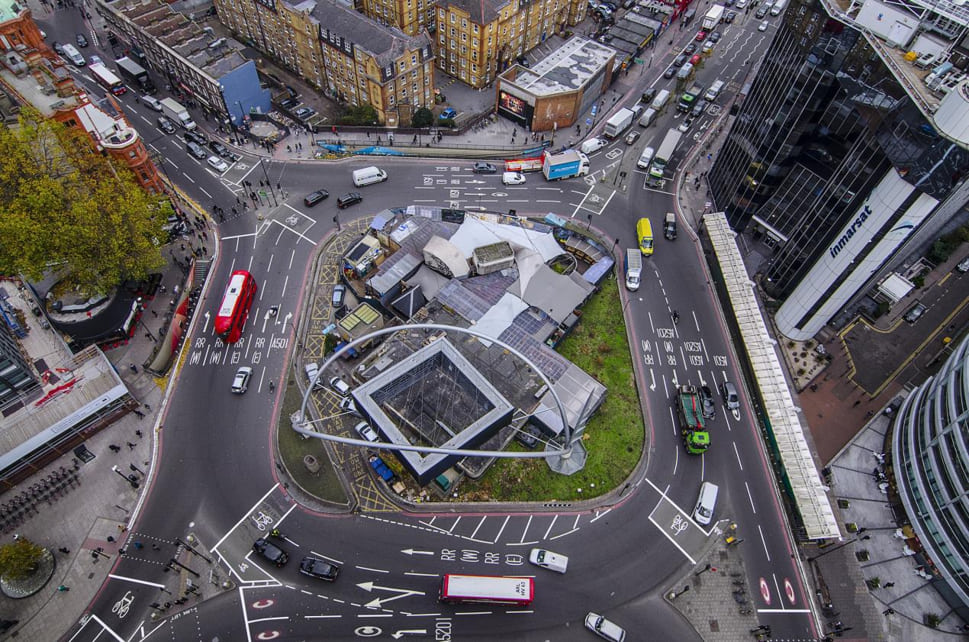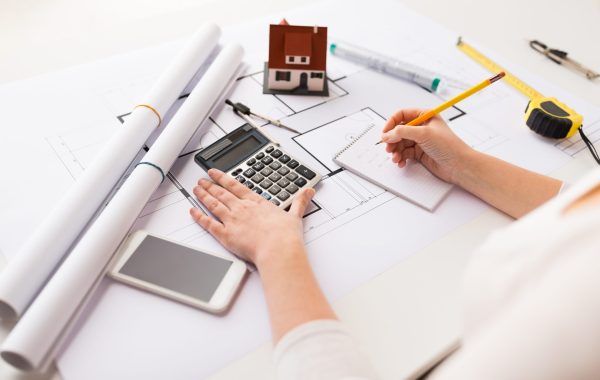Islington Old Street: Embracing Change of Use Through Dynamic Development
Islington Old Street, a vibrant artery pulsating through the heart of London, is undergoing a metamorphosis. Once dominated by traditional office spaces, the area is witnessing a dynamic shift, embracing a diverse range of uses that promise to revitalize the landscape. This article delves into the ongoing transformation of Islington Old Street, exploring the driving forces behind the change, the diverse projects taking root, and the potential impact on the community.
Understanding Change of Use:
Islington Change of use refers to the process of altering the purpose for which a building or land is utilized. In the context of Islington Old Street, this entails repurposing spaces from their original functions to new ones, reflecting evolving societal needs, economic dynamics, and urban development trends.
Historical Significance:
Islington Old Street bears the marks of its rich history, with buildings dating back centuries and streets that whisper tales of bygone eras. Once a hub for industrial activity, the area has evolved into a vibrant mixed-use district, blending residential, commercial, and cultural elements. The change of use within this historic backdrop signifies a shift towards modernization while preserving the area’s unique character and heritage.
From Monoculture to Mosaic: A Catalyst for Change
The impetus for Islington Old Street’s evolution stems from a confluence of factors. The burgeoning tech industry, seeking vibrant and collaborative workspaces, has outgrown the limitations of conventional office environments. Additionally, a growing residential population craves a more dynamic and amenity-rich neighborhood. Recognizing these shifts, policymakers and developers are actively shaping the area’s future, fostering a mixed-use environment that caters to a wider spectrum of needs.
A Kaleidoscope of Projects: Breathing New Life into Old Street
The changing landscape of Islington Old Street manifests in a multitude of projects, each contributing to the area’s evolving character. Here’s a glimpse into some of the key developments:
- Office Reimaginations: Existing office buildings are undergoing transformations, incorporating flexible workspaces, co-working areas, and amenities like rooftop terraces and fitness centers, catering to the demands of the modern workforce.
- Residential Renaissance: New residential developments are adding much-needed housing options, attracting young professionals and families seeking a vibrant and well-connected address. These projects often integrate retail spaces and community facilities, fostering a sense of place and belonging.
- Retail Rejuvenation: The retail scene is experiencing a refresh, with independent shops, cafes, and restaurants replacing traditional high-street chains. This shift injects a unique character and caters to the diverse needs of residents and workers alike.
- Cultural Canvas: Cultural institutions are finding a home in Islington Old Street, with art galleries, performance spaces, and creative work studios adding a layer of vibrancy and fostering artistic expression.
A Look Ahead: The Ripple Effect of Change
The transformation of Islington Old Street is poised to have a significant impact on the surrounding community. Here are some potential benefits:
- Enhanced vibrancy: The influx of residents and diverse businesses promises to create a more lively and dynamic atmosphere, attracting visitors and fostering a sense of community.
- Economic growth: The development of new businesses and the creation of jobs will contribute to the economic vitality of the area, benefiting both residents and businesses.
- Improved connectivity: Infrastructure upgrades and the creation of pedestrian-friendly spaces will enhance accessibility and encourage sustainable modes of transport.
However, challenges also need to be addressed:
- Maintaining affordability: The influx of development could lead to rising rents and property prices, potentially pushing out existing residents and businesses.
- Preserving character: Striking a balance between necessary change and preserving the area’s unique character is crucial to ensure long-term sustainability.
- Infrastructure strain: Ensuring adequate infrastructure, such as transportation and utilities, to support the growing population is essential. Architects
Conclusion: Islington Old Street’s transformation presents a unique opportunity to create a thriving, inclusive, and sustainable urban environment. By embracing thoughtful planning, community engagement, and responsible development, Islington Old Street can become a model for successful urban regeneration, setting a precedent for other evolving neighborhoods.





